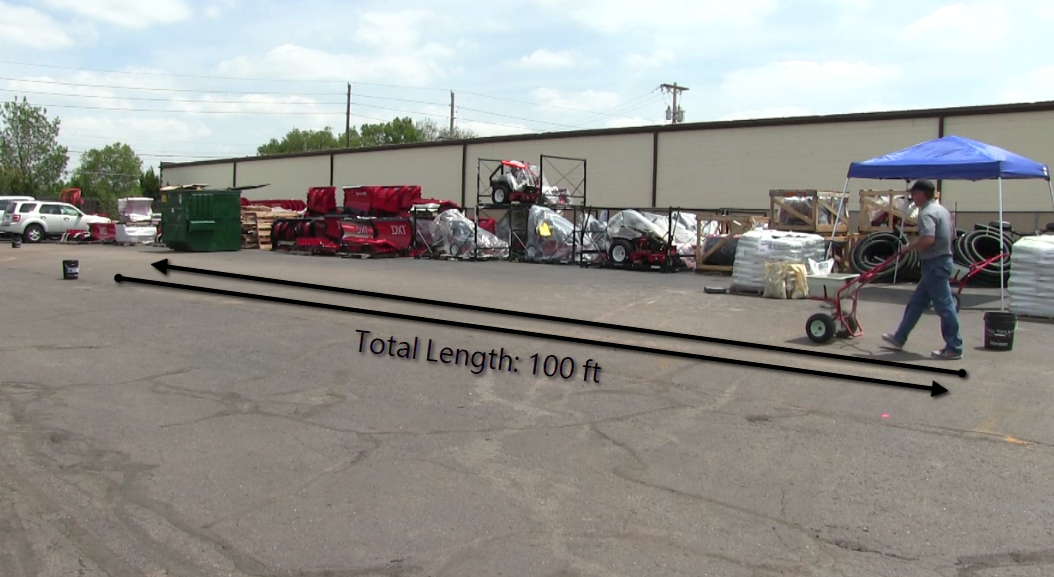- Categories:
- Maintenance
- Fertilizer
- Landscaping

If maintenance services are a significant source of revenue for your business, one of the quickest ways to improve your profit margins is to consistently use the proper amount of product on each and every job.
In this FAQ, Nick diLorenzo, Horizon's National Sales Manager for Landscape Products, shares a simple 3 step method that will help you quickly calibrate your fertilizer spreader.
Properly Calibrating A Fertilizer Spreader - Video Summary
In less than 5 minutes, you can know exactly how much fertilizer you need to apply and make sure your fertilizer spreader is set up to apply that right amount of product.
3 Things You Need to Get Started:
- Fertilizer Spreader - To properly measure out the test area of 1000 sq ft, you need to know the effective width of your fertilizer spreader. The effective width is how wide the spreader throws the fertilizer.
- Scale - To weigh the material.
- Calibration Tray, Broom, or Bucket - To measure or capture the material you put out in the test area. Calibration trays capture the fertilizer during the test, which allows you to get an extremely accurate measurement. If you weigh your material before and after your test application, a bucket can also get you a very accurate measurement. A broom allows you to sweep up the material within the test area for weighing, but is usually the least accurate option of the 3.
The 3 Steps of Fertilizer Calibration
Step 1: Calculate how much fertilizer you need.
To properly calibrate your spreader, you need to do the math first and then get out into the field and do the legwork. To calculate how much fertilizer you need to apply, you have to know:
- The application rate,
- The target nutrient,
- The formulation of your fertilizer.
So if you have a contract that states you need to use 1 lb of nitrogen per 1000 sq ft and you're using a fertilizer with an NPK of 24-2-9, divide the 1 lb of N by .24 (the percentage of nitrogen in the bag as a decimal). In this example, you'll need to apply 4.16 lbs of fertilizer to get 1 lb of N per 1000 sq ft.
Step 2: Find out how much fertilizer you're currently using.
 To test your spreader's current application rate, measure out an area of 1000 sq ft.
To test your spreader's current application rate, measure out an area of 1000 sq ft.
Coverage Area = Length x Effective Width
The easiest way to measure out your test area is to divide your coverage area by the effective width of your spreader. So if you want to cover 1000 sq ft and the spreader has an effective width of 10 ft, you'll need to walk 100 ft.
Weigh your fertilizer before and after your test application to determine how much fertilizer you're currently applying.
Step 3: Adjust the spreader's setting until the application rate is within 1% of the amount calculated in Step 1.
Compare the amount of fertilizer you calculated in Step 1 to the amount of fertilizer your spreader actually used during the test application. Adjust the setting on the spreader up or down accordingly. Once you're happy with the setting (we recommend within 1%), write it in your log book!